What are some of the most encouraging known facts about learning? From taking a walk to learning a new language, there are countless things we can do to
Get Started for FREE
Sign up with Facebook Sign up with X
I don't have a Facebook or a X account
 Your new post is loading... Your new post is loading...
 Your new post is loading... Your new post is loading...

David Baker's curator insight,
February 17, 2015 10:54 AM
The power of the Infographic is that it references both teacher and student actions and habits. I have shared it with my teachers. This might become a solid self-assessment tool for coaching conversations with teachers. 
Kristen McDaniel's curator insight,
April 3, 2015 12:05 PM
Interesting graphic with some great ideas on interpreting 21st century skills as they pertain to teaching

Audrey's curator insight,
October 3, 2014 1:26 PM
These are certainly true. Have a look at www.hotmoodle.com

Bernard VULLIERME's curator insight,
October 20, 2014 5:30 AM
Rien de nouveau sous le soleil du bon e:enseignant, mais plus d'exigences …
clare o'shea's curator insight,
February 5, 2015 1:49 PM
and ask indviduals questions every 2-3 minutes - but always label the behaviour first! so it is a positive experience not a catching out!!

Monica S Mcfeeters's curator insight,
November 17, 2013 9:03 AM
More and more tech articles are appearing about the need for students to have more and more skills in learning code (the language of the computer). This article hits on some points about why this new language of coding needs to be taught to everyone at a young age ....This might be good idea, but what do you think?
Excerpt: (And This Will Be A Growing Problem
Why does this matter? How good is it if the only thing you can choose from is what someone else let's you have because you don't know how to get it for yourself?
Haven't we had enough of that....Most of us can't make clothes much less the fabric and would starve to death if a grocery wasn't on the corner? Making your own music too often means mixing someone else's on a computer or just tuning into music. Everything we allow to be delivered to us is more apt to manipulate us then we are to manipulate it. We are then totally dependent on someone other then ourselves to provide answers for our problems and accommodate our desires and that's what makes learning this code language all the more important. 
Abi Mawhirt's curator insight,
November 17, 2013 9:36 AM
Issues with 'digital natives' adapting technology skills for learning, or for anything other than 'me time'. Will 'me time' on our devices change if none of us have research skills and rely on serendipity alone?

davidconover's curator insight,
August 30, 2013 8:04 AM
I look forward to sharing this game with my students. I wonder what their comments will be. 
Amélie Silvert's curator insight,
August 30, 2013 11:10 AM
Defining moral dilemnas, finding solutions and discussing. Collaborative work. Why not give it a try?
Design in Practice's curator insight,
August 2, 2014 10:46 AM
In education, design thinking empowers students to realize that they can create their own futures by borrowing frameworks from other areas, which allows them to design their own participation and experiences.

Darren Smith's curator insight,
March 13, 2013 11:36 PM
Already use aversion of this with my classes KWIRL. The focus is on the I for inquiry, the HOW? of student engagement, R is knowing exactly what the REPORT form is so that you and students can work together to backward map and co-construct rubrics so that they have an enhanced undressing of what the LEARNT.

RichardBulpittSchool 's curator insight,
November 4, 2014 11:44 PM
Collaboration for students on-line. Some motivational strategies. |

Gust MEES's curator insight,
February 8, 2015 7:03 AM
Big idea: Teaching kids to ask smart questions on their own A four-year-old asks on average about 400 questions per day, and an adult hardly asks any. Our school system is structured around rewards for regurgitating the right answer, and not asking smart questions – in fact, it discourages asking questions. With the result that as we grow older, we stop asking questions. Yet asking good questions is essential to find and develop solutions, and an important skill in innovation, strategy, and leadership. So why do we stop asking questions – and more importantly, why don’t we train each other, and our future leaders, to ask the right questions starting from early on?"
Learn more: - http://www.scoop.it/t/21st-century-learning-and-teaching?tag=Critical-Thinking
Jewelelelel's curator insight,
February 8, 2015 7:56 AM
I agree with the fact that recently,students have been 'trained' to give the correct and not ask smart questions.In school ,teachers usually ask us questions and if we answer that correctly, we get praised.For subjects sciences and humanities require a lot of questioning and thinking in order to understand and to learn more quickly.In my opinion, i think that teachers should give students a chance to ask questions that they have and not go through a topic blindly.If the students is shy to ask, the teacher could create a website so that the whole class can ask questions whenever they feel like and both the teachers and students themselves can answer the questions.This would enable the student to think out of the box to ask and answer questions by themselves

'Tatiana Carvajal's curator insight,
September 9, 2015 11:11 PM
You as a teacher or your students can learn science with these ICT . You only need to create your account. Try it !!

Siphiwe Kubeka's curator insight,
May 22, 2014 8:06 AM
Technology has made education to be much easier and more interesting in information literacy

niftyjock's curator insight,
February 26, 2014 9:58 PM
Absolutely, its the impasse where real learning takes places. Manu Kapur has a great presentation about this http://youtu.be/LnljG9I33KM Needs more research.
Reontay's curator insight,
March 15, 2016 8:52 AM
Yes i totally agree with the author. Allowing kids to strugggle as they learn will make them understand and solve the problem better.
I think that the education system will change, as now of days, the teachers usually guide the students on how to solve the problem. But now after it is proven that allowing the students to struggle will let the students learn better. The school should adapt and instead of guiding the students,they should only explain the problem and allow the students to solve it themselves.
Some of the bad influence will be that the student will find the problems to hard and give up more easily or start to hate school. Some good influence are that the student may learn better and will very much help in their futures.
Everyone benifits from it as the students will learn better and also learn more values like not giving up easily. Besides the students the economy will also benifit as when the student start working, it would be easier for him to understand and adapt and Singapore economy could improve faster.
No it is not foolproof as everychild is different. So diffferent students may take different time to understand or they may not even understand at all.

TopMBA's comment,
December 5, 2013 1:48 PM
Great scoop! You may also enjoy this article: http://www.topmba.com/blog/online-game-offers-scholarship-route-simon-mba-mba-news

TopMBA's comment,
December 5, 2013 1:48 PM
Great scoop! You may also enjoy this article: http://www.topmba.com/blog/online-game-offers-scholarship-route-simon-mba-mba-news

TopMBA's comment,
December 5, 2013 1:48 PM
Great scoop! You may also enjoy this article: http://www.topmba.com/blog/online-game-offers-scholarship-route-simon-mba-mba-news

April Ledesma's curator insight,
October 6, 2014 11:18 PM
Educational games are great ways for learners to have technological interaction in the classroom, plus the students love it!

Daniel Jimenez Zulic's curator insight,
May 23, 2013 11:22 PM
Habitos mentales para el aprendizaje basado en problemas. cuando no conocemos la solucion ¿cuales son los habitos que nos hacen alcanzar el exito en la tarea?

Mohini Lata's curator insight,
May 20, 2013 8:34 AM
As technology is becoming powerful and life changing how can we prepare students for the 21st century survival. The seven survival skills purposefully apply in a classroom. This links with Using Mathematical Higher order thinking - Critical Thinking and problem solving prepares students to see problems from different angles and formulate their own solutions. Collaboration encourages students to take on different roles. Agility and Adaptability – be willing to adapt to the changes around them.Initative and Entrepreneurship - always try. Effective Oral and written communication - how to speak confidently and clearly. Accessing and Analyzing Information- learn the difference between factual information and factual-sounding opinions. Curiosity and Imagination - teach them how to apply them creatively and purposefully. Technology has become an essential and important tool for education, helping teachers with their work and most importantly supporting the students. This also links with brief design technology and the digital technologies strand of the National Technologies Curriculum as students are taught how to use the technologies available to them.

Audrey's comment,
February 19, 2013 3:00 PM
This idea is very Piagetian: An example of confusion would be disequilibrium. It is at this point that you will begin to master something which you found difficult, or was confused about. So at the point of confusion or disequlibrium you must distance yourself from the problem and return to it later. Your brain will have absorbed the material and worked it out. You are now at the stage of equilibrium.

Victor Marín Navarro's curator insight,
March 16, 2013 8:59 AM
¿Cuáles son los elementos más importantes en un Proyecto de Aprendizaje? Aprendizaje significativo, necesidad de saber, un hilo conductor en forma de pregunta, aprendizaje activo por parte de los alumnos que implique elección, heramientas para el siglo XXI, descubrimiento e innovación, feed-back y revisión, presentación oral y pública del producto. 
Tamra Dollar's curator insight,
July 23, 2013 2:53 PM
PBL's begin with a driving question, one that is relevant to the learner and fosters engagement. Feedback is ongoing and essential for learner to happen. |



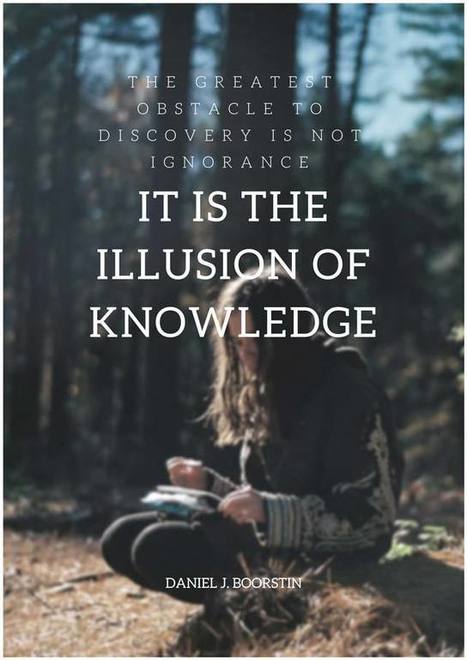

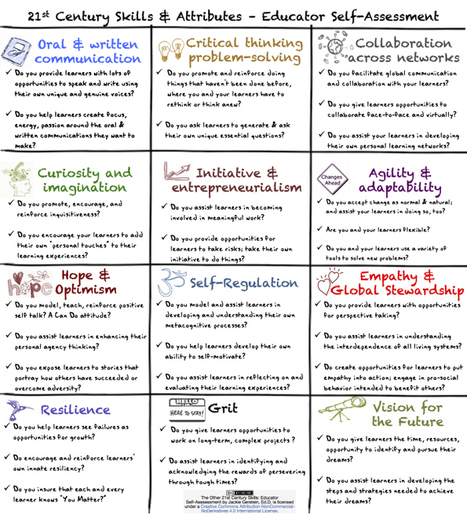
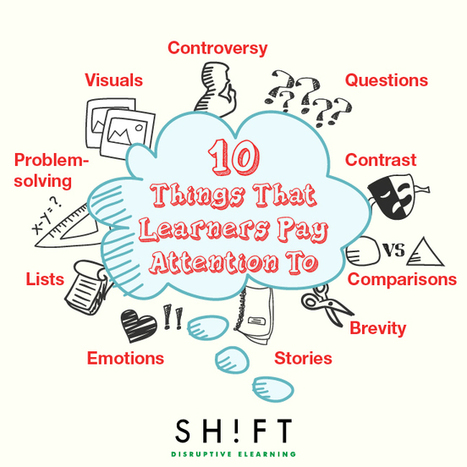
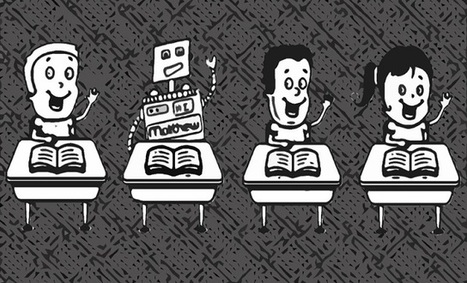






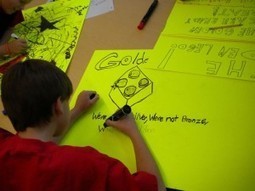



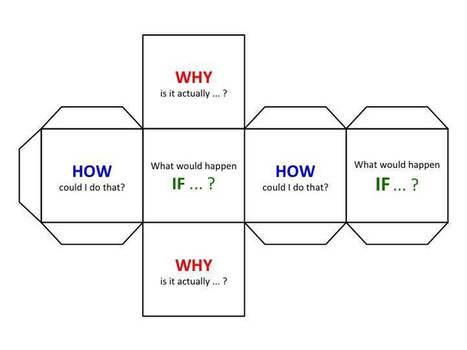
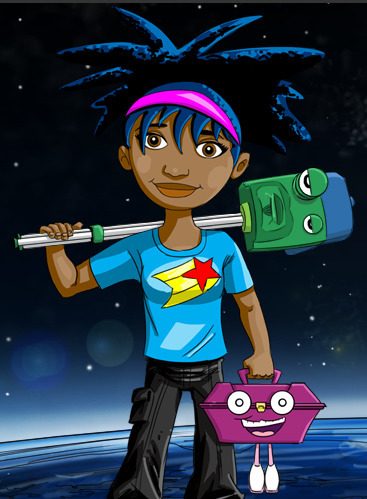
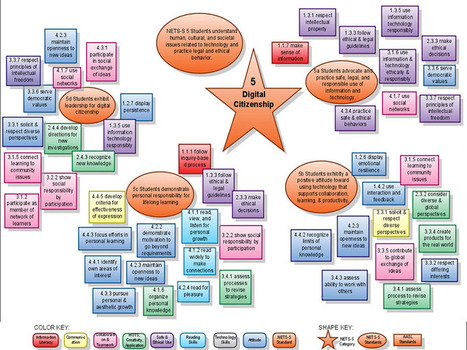

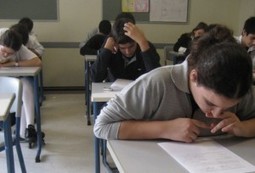

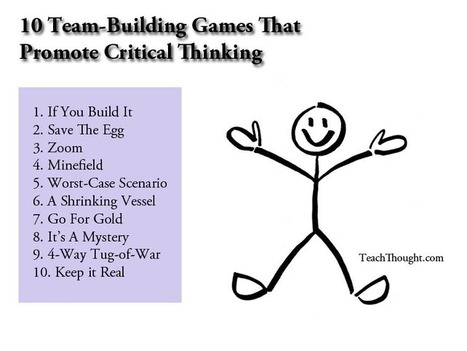
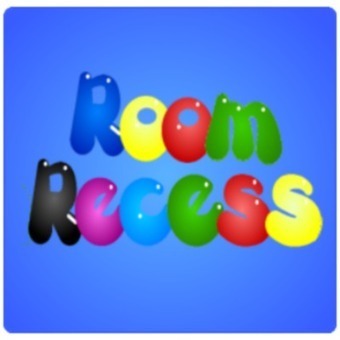


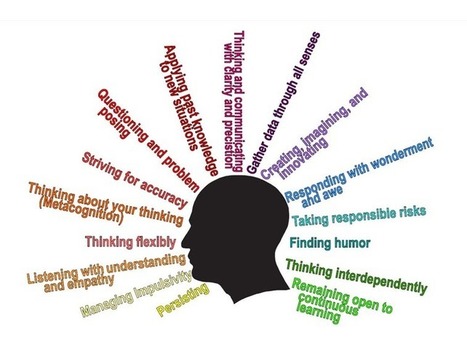



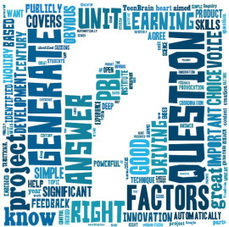





An excellent article for parents of children or indeed ADULTS who are interested in maximising their learning... lots of references to brain-based studies for your exploration here!